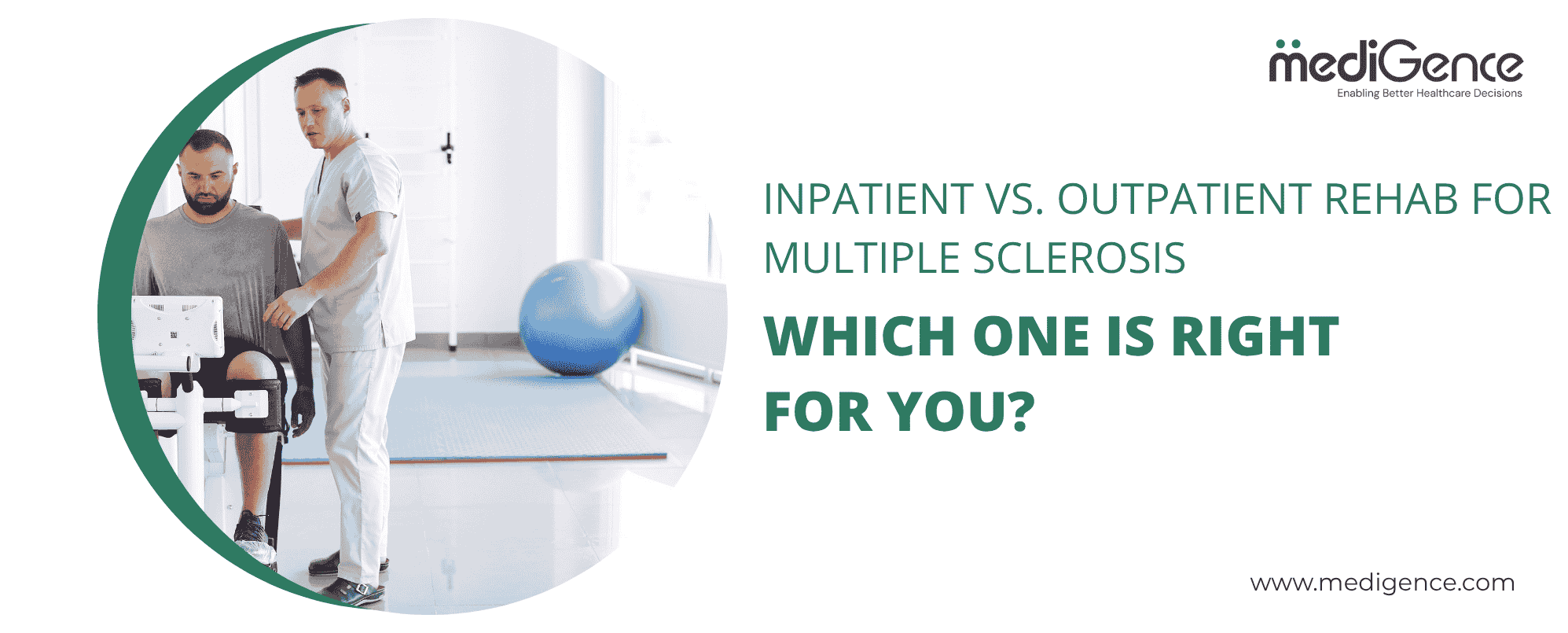Multiple sclerosis is an autoimmune disease in which the covering of the nerve cell is permanently damaged due to inflammation in the body, which slows down the conduction of nerve cells and leads to neurological symptoms such as muscle weakness, fatigue, speech difficulties, balance problems, and walking difficulties.
The Multiple Sclerosis rehabilitation program aims to preserve and enhance physical and mental capacities, while also helping you adapt to any changes in your functioning. Rehabilitation professionals can help you reach and maintain the maximum quality of life possible.
What is Inpatient Rehabilitation?
Staying in a hospital or rehabilitation centre for continuous or constant treatment is known as inpatient rehabilitation. Because of the severity of their disease, individuals who require extensive, supervised therapy are usually advised to choose this method of treatment. Patients are less likely to experience health issues or develop risk factors during their recovery process when they have 24/7 access to medical personnel, for individuals who struggle with cognition or movement.
Depending on the needs of each patient, inpatient rehab stays often range in duration from seven to twenty-one days, depending on the severity of the condition.

Book Online Consultation
What is Outpatient Rehabilitation?
In outpatient rehabilitation, patients can get treatment in the comfort of their own homes. For those who are stable and don’t need continuous supervision, this option is appropriate. Depending on the patient’s needs, outpatient therapy typically involves scheduled sessions for speech, occupational, and physical therapy, as well as other therapies. Outpatient programs provide greater flexibility than inpatient care. The duration of outpatient rehabilitation can range from 4 weeks to a year. Depends on the severity of the multiple sclerosis.
The difference between inpatient and outpatient rehabilitation for multiple sclerosis
| S.No. | Impatient Rehabilitation | Outpatient Rehabilitation |
|---|---|---|
| 01. | Staying at a hospital or rehab centre is a requirement of inpatient rehab for 24/7 observation. | Outpatient treatment is completed at home. |
| 02. | The capacity to avoid possible triggers and temptations. | The capacity to continue working while receiving treatment |
| 03. | Many hospitals offer multiple hours of therapy, investigation or consultation every day. | Patients can stay in the comfort of their own homes and continue their regular activities while undergoing outpatient treatment. |
| 04. | Relapse Prevention Training: Offers coping mechanisms and relapse prevention strategies to support a smooth reintegration into everyday life. | Customised Treatment programs: Patients are allowed to modify their treatment programs according to their level of need, job schedules, and family commitments. |
| 05. | Impatient treatment improves vital stability and can help manage life-threatening conditions. | Outpatient treatment improves functional instability, disability, muscle strengthening, functional independence, and quality of life. |
Inpatient or Outpatient, which one is better?
Both are equally important aspects of treatment, which depend on the severity of the patient.
Individual circumstances, the intensity of the multiple sclerosis patient’s lifestyle considerations, and all play a role in the decision between inpatient and outpatient recovery. Both treatment approaches offer effective recovery routes; the most effective one will depend on the degree of assistance required to sustain a successful recovery.
Know more about: What Is Multiple Sclerosis Rehabilitation and Why Is It Essential?










